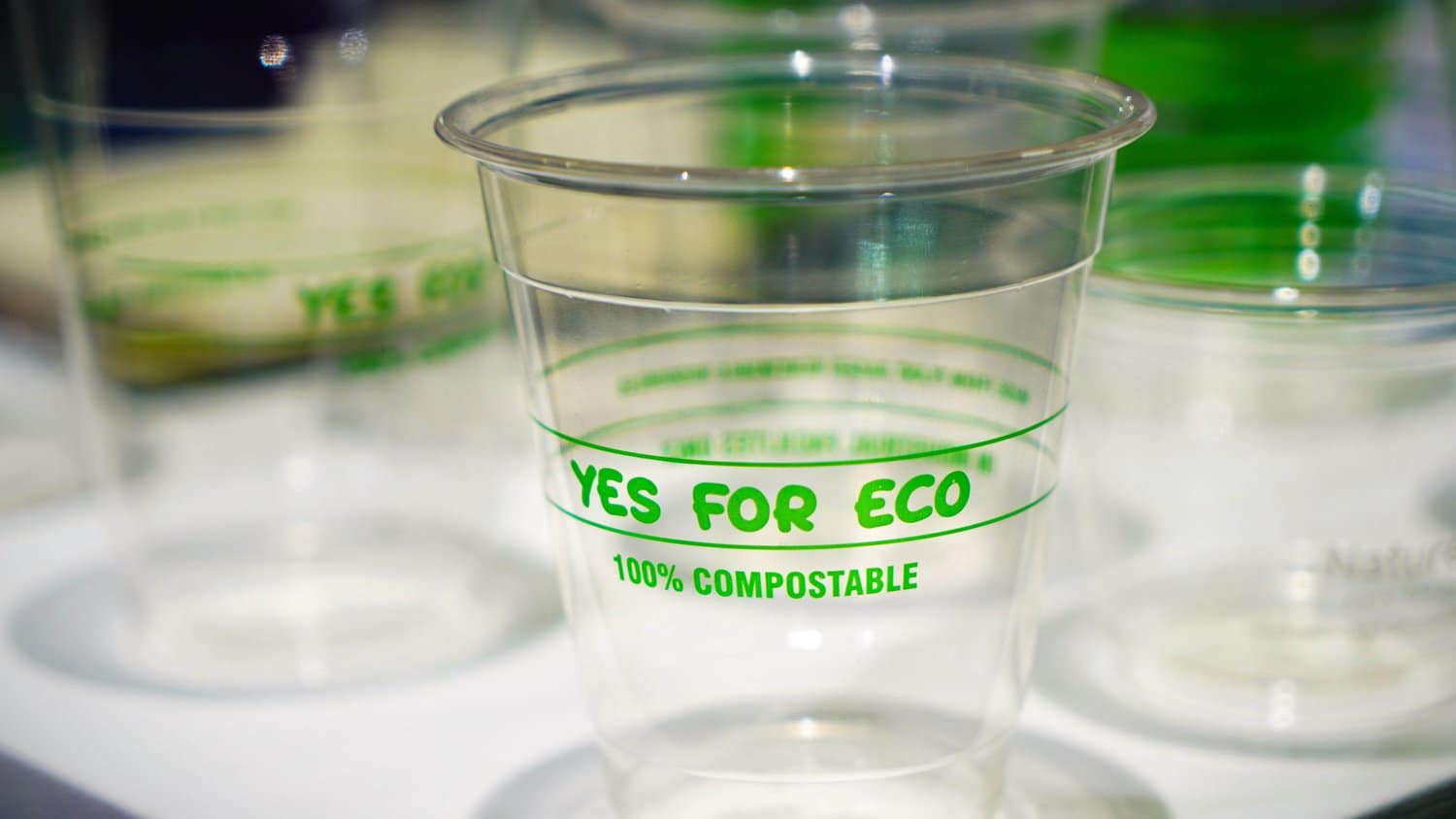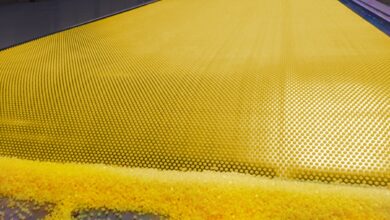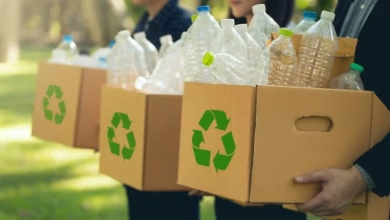Innovation activity in bioplastics and chemical recycling technology continues apace

Iranpolymer/Baspar Innovation in biopolymers (bioplastics) and plastics recycling has hit an all-time high, according to the latest-available patent data published by intellectual property firm, Appleyard Lees.
The third annual edition of the company’s Inside Green Innovation: Progress Report reveals that priority patent filings in bioplastics increased by almost a quarter in the 12 months to 2021 (from 458 to 569), with the 2020-21 period revealing a level of innovation in the field not seen since 2002.
Year-on-year rises in patent filings among the different types of bioplastics – including PHAs, butylene-based polymers and PLA – is broadly similar, while the latter remains ahead of the pack by a total of 93 patent filings in 2021, only 10 filings short of its previous high in 2011. However, starch blends’ recent patent numbers have fallen for the first time in six years.
Meanwhile, recent innovation activity in chemical recycling of plastics is sharply reversing the decline seen in the previous decade, with applications for thermal recycling pyrolysis technology increasing for three consecutive years and up by 25% from 2020 to 2021.
Appleyard Lees patent attorney, David Jasiewicz, said: “We’re in the midst of a second peak in bioplastics innovation, with the 2018-2021 period showing a significant increase in patent filing activity which outstrips the previous pinnacle in the early 2000s.”
Two key bioplastics trends emerge
Technology innovation by the top patent filers indicates two trends in the bioplastics sector: improving bioplastics’ mechanical properties and appearance in line with conventional plastics and improving the materials’ biodegradability.
For example, South Korea’s LG Chemical has filed applications including copoloymers of lactones, lactic acid and other hydroxyacids, aiming to improve thermal and mechanical properties when compared to PLA. It has also shown innovation in resin compositions which blend bioplastics with the intention of replacing traditional plastics such as polyethylene films.
Meanwhile Mitsubishi Chemical Corporation of Japan has focused on improving bioplastics’ biodegradability, such as finding bioplastic alternatives to PLA in additive manufacturing and blending polyesters with PHAs to use in shopping bags or food packaging.
CJ Cheiljedang Corporation – better known as a South Korean food manufacturer but now one of the top patent filers in bioplastics – is concentrating on applications with PHA for packaging and multi-layer films.
The proliferation of South Korean patent filings – totalling twice the number of second place Europe – may be driven by its government’s stated aim to reduce plastic waste by a fifth by 2025 and ultimately replacing fossil-based plastics.
Plastics recycling technology expands
Alongside pyrolysis as the dominant method in thermal recycling for plastics, Appleyard Lees’ research reveals other technologies growing:
Patent filings for microwave depolymerisation have been mostly increasing since 2014, while bacterial biodegradation – combining chemical catalysts and engineered bacteria, such as cells from larvae to convert plastic waste – is now an emerging area attracting patent activity.
Improving the ability to turn recycled plastics into something new has also seen innovation, with patent applications remaining constant from 2020-2021.
Partner and patent attorney, Chris Mason, said: “The sector is showing strong growth, both in terms of the number of innovators and the amount of innovation being produced. This reinforces the expectation that chemical recycling growth and innovation is set to continue.”
Countries demonstrating the most innovation activity in this area include South Korea – with filings doubling from 2020 to 2021 – with ongoing interest in the US and Europe. Among companies, Eastman Chemical accounts for 26% of patent filings among the top 10 companies protecting their inventions.
The Inside Green Innovation: Progress Report Third Edition’s focus on polymers was chosen because of its prominence in the global green innovation conversation, as referenced in the OECD’s and United Nations’ 17 Sustainable Development Goals and the World Intellectual Property Organization (WIPO) Green Innovation Database, a global innovation catalogue that connects needs for solving environmental or climate change problems with sustainable solutions.
interplasinsights






